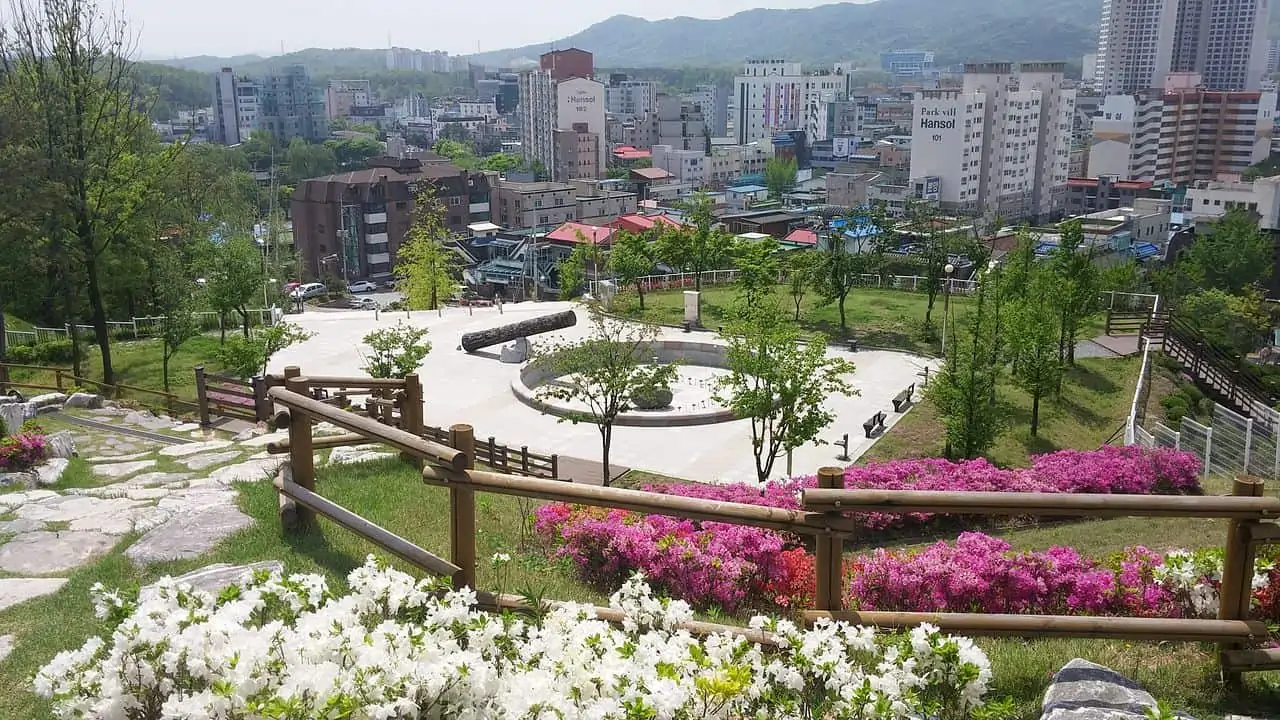The lawn area is the “glue” that holds the landscape together, but there are several other considerations and decisions the homeowner makes to add beauty and function to the property… whether it be a new homesite, a previously lived-in home, or one you’ve owned for years.
Planning: What Do You Have and What Do You Want?
As homeowners, we all have some thoughts and ideas about changes we’d like to make in our landscape; a new flower garden around the deck or patio, an additional tree or two in the back or front, an attractive and functional way to screen-off the neighbor’s garage and old car that’s still to be refurbished, a new border for the driveway or the front island . . . the list is endless.
It’s helpful to develop a site plan of the property and to keep a small notebook handy to record ideas, suggestions, and observations about your landscape. Using the notebook is also a great place to write down things you’ve seen in other landscape settings that you found attractive. Few of us consider ourselves artists or architects, so the drawn site plan is most often never drawn.
To help in getting a plan to paper, consider making a copy or two of your property survey which probably is attached to your deed. This document gives you the dimensions and shape of the property. You can record and make notes about what plants, trees, and shrubs you currently have directly on the survey copy or use an acetate sheet as an overlay for recording. Photos can also be used to develop a site plan and record seasonal changes in your landscape; particularly with changes in color and lighting. If there are particular areas you know you want to change or modify, have an enlargement made of the photo and use the acetate again as an overlay. You can then use nonpermanent ink marker to record your suggested plans for additions and changes. On glossy enlargements, you can use the nonpermanent ink markers directly on the photo. Don’t worry about the artistic quality of your drawing; just so it’s understandable to you.
If you’re still not comfortable with developing your own plan, you should contact a professional landscape specialist to assist you. They can be easily found in your local Yellow Pages. If you have a PC, there are a number of landscape software programs on the market which can assist you with basic design and plant selection.
Ornamentals in the Landscape
The best definition for ornamentals that we’ve heard is “anything in the landscape you don’t have to mow”. Obviously, this covers a wide variety of plant material including: trees, shrubs, flowers, vines, and groundcovers . . . all or any of which can play an important functional and beautifying role in your particular residential landscape.
-The Lawn Institute
